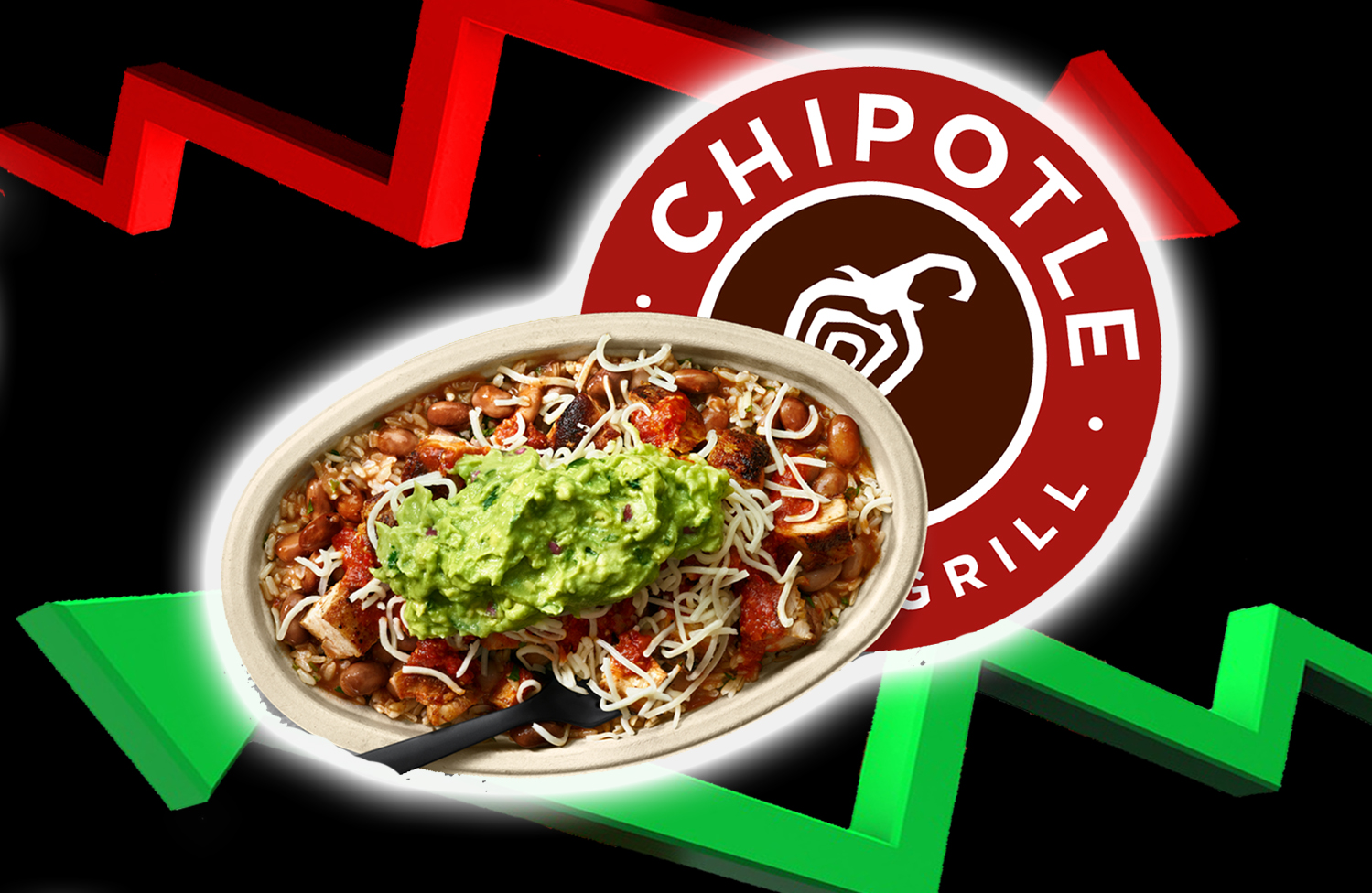Chipotle’s Stock Split History: Chipotle Stock Split
Chipotle stock split – Chipotle Mexican Grill, Inc. (CMG) has had a remarkable journey in the stock market, marked by several stock splits that have played a significant role in shaping its accessibility and liquidity.
Amidst the recent surge in Chipotle’s stock split, investors eagerly anticipate the company’s future growth. While this financial maneuver has sparked excitement, it also reminds us of another notable transaction in the sports world: the potential sale of Mark Cuban’s Dallas Mavericks.
The sale of this iconic franchise highlights the transformative power of strategic investments, a principle that also underlies the success of Chipotle’s stock split.
The company’s first stock split occurred on August 22, 2006, at a 2-for-1 ratio. This means that for every one share of Chipotle stock an investor owned, they received an additional share, effectively doubling the number of shares outstanding.
Amidst the recent buzz surrounding Chipotle’s stock split, the sports world has witnessed a captivating twist with the cowboys trading CeeDee Lamb. Yet, the market remains unfazed, as investors eagerly anticipate Chipotle’s strategic move that could further bolster its growth trajectory.
Reasons for the First Stock Split
The primary reason behind this initial stock split was to increase the accessibility of Chipotle’s stock to a broader range of investors. By reducing the share price, the company made it more affordable for individual investors to purchase and own a piece of the Chipotle brand.
Chipotle’s second stock split, also at a 2-for-1 ratio, took place on February 26, 2018. This split further increased the liquidity of the stock, making it easier for investors to buy and sell shares.
In the ever-evolving landscape of the stock market, the recent buzz surrounding the chipotle stock split has sent ripples through the financial world. As the beloved fast-casual chain prepares to divide its shares, investors are eagerly anticipating the potential impact on its value.
Whether it’s a catalyst for further growth or a strategic move to increase accessibility, the chipotle stock split is sure to shape the future of this culinary giant.
Reasons for the Second Stock Split
The company’s decision to execute a second stock split was driven by its desire to maintain a healthy balance between accessibility and liquidity. By increasing the number of shares outstanding, Chipotle ensured that the stock remained within a price range that was attractive to both retail and institutional investors.
Overall, Chipotle’s stock splits have been a strategic move to enhance the accessibility and liquidity of its stock, enabling a wider range of investors to participate in the company’s growth.
Impact of Stock Splits on Chipotle’s Stock Price

Stock splits, a corporate action where a company divides its existing shares into a larger number of shares, have both short-term and long-term effects on a company’s stock price.
In the short term, stock splits typically lead to an increase in stock price due to increased demand from retail investors who may have been unable to afford the higher-priced pre-split shares. This increased demand can drive up the stock price, leading to short-term gains for investors.
Long-Term Impact
In the long term, the impact of stock splits on stock price is less clear. Some studies have shown that stock splits may lead to a slight increase in long-term stock performance, while others have found no significant impact. Ultimately, the long-term impact of a stock split depends on various factors, including the company’s financial performance, industry trends, and overall market conditions.
Implications for Investors

A stock split can have significant implications for investors, both positive and negative. It is crucial to understand these implications to make informed investment decisions.
One of the main benefits of a stock split is that it can make a company’s stock more accessible to a wider range of investors. By increasing the number of shares outstanding, the stock price becomes more affordable, making it easier for smaller investors to purchase shares.
Potential Benefits
- Increased stock liquidity due to higher trading volume.
- Enhanced investor interest and participation.
- Improved company image and reputation.
Potential Risks, Chipotle stock split
- Potential dilution of earnings per share.
- Reduced stock price volatility, which may not benefit long-term investors.
- Increased administrative costs for the company.
Investors should carefully evaluate the impact of a stock split on their investment strategy. Factors to consider include their investment goals, risk tolerance, and the company’s financial performance.
The recent Chipotle stock split has sent ripples through the investment community. While the move has been met with mixed reactions, it’s worth noting that even basketball legend Bill Russell’s wife, whose love for the game is as strong as the Boston Celtics’ legacy, has taken an interest in the financial world.
As the stock continues to fluctuate, investors are keeping a close eye on the company’s performance, hoping for a positive return on their investment.
The recent Chipotle stock split has sent ripples through the financial world, creating a buzz akin to the iconic “Clyde” call that reverberated through Madison Square Garden whenever Walt Frazier stole the ball. Just as Frazier’s swift hands turned the tide of basketball games, the stock split has sparked anticipation for a surge in Chipotle’s growth trajectory.
